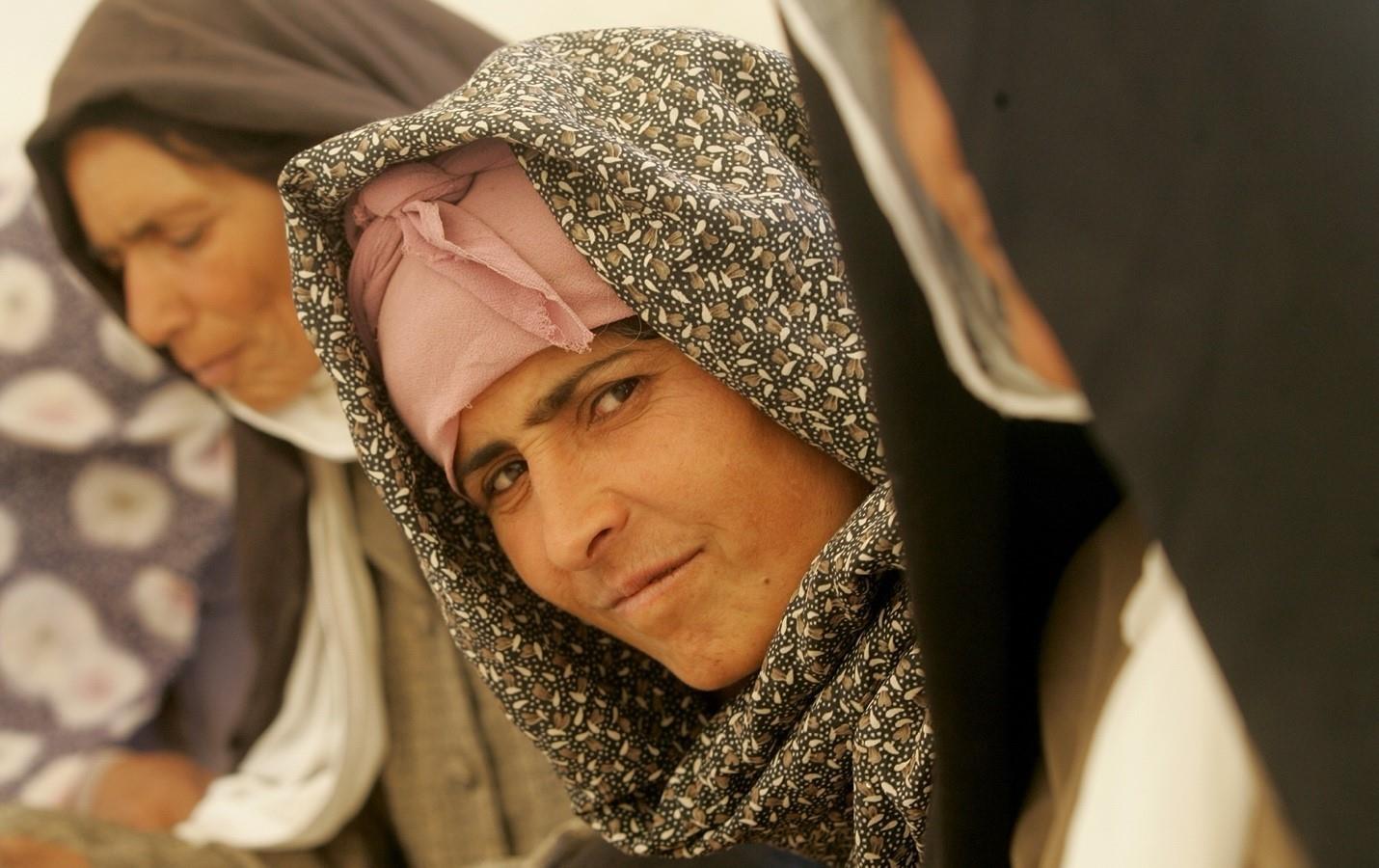Rural Women in Afghanistan: Out of sight but not forgotten

By Jocelyn Brown Hall, Director FAO North America Liaison Office
It is news to nobody that the people of Afghanistan are facing an existential crisis. The fragile economy is near collapse. And, as the result of extended drought conditions, conflict, political instability and even COVID-19, Afghans are now suffering one of the world’s largest and most severe hunger crises. Half the population - 22.8 million people - will experience acute hunger through March of this year, according to the last early warning report compiled by the United Nations and donors such as the United States.
At FAO, we are concerned that one crucial piece of humanitarian action is being neglected in Afghanistan, which is protecting the country’s agricultural base. Over 70 percent of Afghans rely on domestic agricultural production for food or income. Paradoxically, those most affected by Afghanistan’s hunger crises are Afghanistan’s food producers. Of the 22.8 million people now facing acute food insecurity, almost 80 percent reside in rural areas and rely on agriculture for their livelihoods.
Women in Agriculture
Within this rural population, what about women and female-headed households? Women are vital players in Afghanistan’s agricultural economy. They are largely responsible for tending livestock. In remote and isolated rural areas, they keep their families alive through local and backyard food production. Since Afghan women often stay in the home and out of public view, we must not lose track of their needs when considering how we approach humanitarian action in Afghanistan.
The importance of keeping livestock alive, healthy, and productive cannot be overstated. For a family on the precipice of falling into acute food insecurity, just one cup of milk per day can make the difference between life and death. Veterinary care for an Afghan family’s sheep, goat or cow costs as little as $0.10 -$0.80. Providing this care will guarantee a steady supply of dairy for the family as well as surpluses that can raise a family’s income by $35 per week. Conversely, if an untreated animal dies, the replacement cost, ranging from $113 to $682, is something that very few Afghans can afford.
In a culture where women bear the brunt of the effects of food insecurity, often feeding their families before themselves, there is a double imperative to support local production, particularly for female-headed households.
Saving Livelihoods
In 2021, FAO directly supported 2.94 million Afghans with various emergency agriculture livelihood assistance packages. The winter wheat campaign supported 1.3 million people with certified seeds of improved wheat varieties. In the interim between the winter wheat and spring wheat campaigns, which is now, it is essential that we give priority to veterinary care to keep livestock healthy and productive in order to help families survive until the spring harvest. We also need to start investing in summer crops for which planting begins in March.
Humanitarian actions that include agriculture assistance, particularly livestock feeding and care, would serve as a firewall against acute hunger, keeping families alive and enabling them to plant next season’s crops. Agriculture - livestock that families can care for now, crops that rural families can use for sustenance and income - must be a core element of the immediate humanitarian response. Rural women must be among the targets that we reach with humanitarian assistance.
Investing in Women
Deprived of education and jobs, Afghan women face a discouraging future. However, according to Karima Sorkhabi, FAO Gender and Social Development Specialist for the western region of Afghanistan, “There is still massive room to support rural women involved in dairy production, poultry farming or livestock rearing, among others. Even more so with governmental programmes suspended now. Women need extension training to improve their skills. Facilitating trainings is key as it helps the community understand and recognize the important role that women play in these activities. Training paves the way to make women overcome cultural limitations.”
The United Nations has named March the month of Gender Equality (SDG 5). Beginning with International Women’s Day on March 8, with the theme “Gender Equality Today for a Sustainable Future” and continuing through the Commission on the Status of Women (March 14-25), the focus on the need for (and shortfalls in) achieving gender equality and women's empowerment remains front and center worldwide.
While gender equality may be out of reach for Afghan women today, access to adequate food and nutrition should not be.
